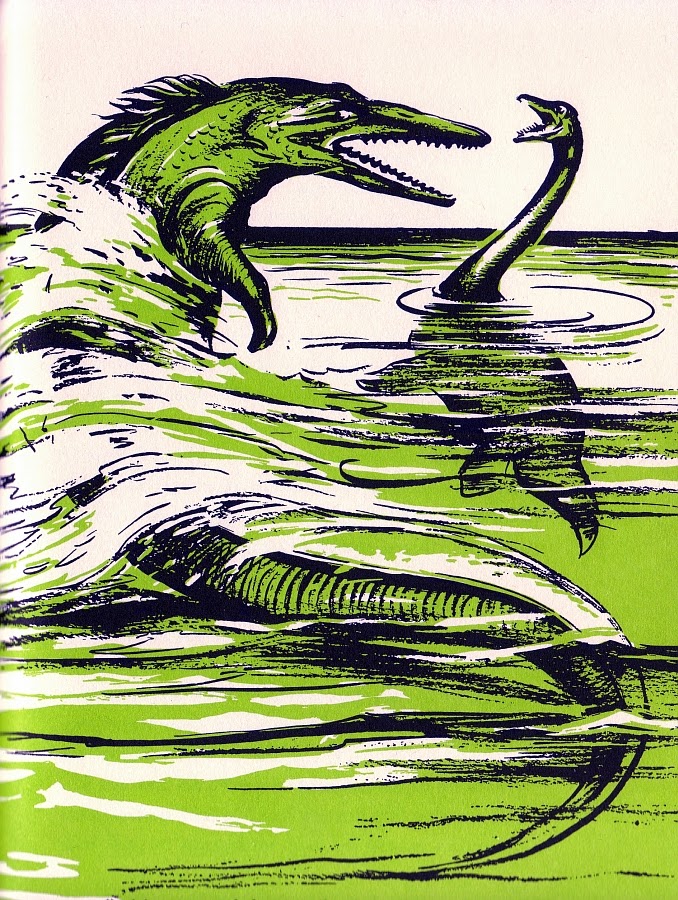 |
| All photos by me, unless marked 'NP', in which case they're Niroot's. |
Predictably, Restricted Area 5 is presented as a sort of low-rent Jurassic Park, complete with flashing red warning lights and inadequate 'electric' fences, although park owner Simon Dabell has sadly not been seen wandering the grounds in all-white garb and carrying a cane while affecting the appropriate accent. There's a decent array of robosaurs on offer, and they range from the respectable to the downright atrocious. For whatever reason - and it's probably to do with designers not feeling the need to 'monsterise' them - the herbivores fare better than the carnivores. Among the best is the below Iguanodon, which certainly has its problems (wot, no pinkies?) but is a decent effort.
 |
| NP |
Nearby is a sad-looking (and very large) Pachycephalosaurus, capable only of waggling its head up and down and making mournful moaning noises. Here, Niroot tries to offer it some consolation. Meanwhile, a Stegosaurus just down the way, while looking permanently startled, is still not as bad as all that - various features of its anatomy might be Plain Wrong, but it's a fetching model nevertheless (I'm sure the paint job helps a lot), and benefits from a particularly spectacular vantage point.
RA5's centrepiece is a gigantic sauropod (below), which (along with every other robosaur) remains frustratingly unidentified in the attraction, but has been named in the press as Argentinosaurus. It's odd that none of the dinosaurs have labels; although anyone with the slightest interest in dinosaurs will be able to spot what most of them are supposed to be, there are one or two oddities that take a little guesswork. One gaggle of small theropods (that wave their arms about and emit JP Dilophosaurus noises) appear to be Ornitholestes, based on their approximate size and erroneous 1990s-style nose horn, but it's impossible to say exactly. While a little frustrating, it might be for the best, in the end - without any museum-like labels, the attraction sheds all educational pretensions, making it apparent that the whole thing's just a bit of fun. Or quite a lot of fun, as it happens.
 |
| NP |
 |
| One of the Ornitholestes-things. |
The sheer size of the Argentinosaurus does impress, and I appreciate the row of dermal spines - a rare example of aesthetic flair on a model such as this. The towering height of the beast allows it to be seen, looming above the treetops, from the other side of the park. What with the cliffs of the Isle of Wight's southern coastline forming the backdrop, it's certainly quite a sight (it helps that the model looks, shall we say, more convincing from a distance).
The park's other truly giant star attraction is a honking great Tyrannosaurus, which at 16 metres from nose to tail is rather bigger even than the real deal. Clearly JP-based, it boasts hilarious googly eyes (with blinking mechanism), horribly deformed legs, and what seems to be a plantigrade posture. It's a real hoot to be around, particularly as the park have cunningly given its growling enough rumbling bass to dislodge fillings and cure any constipation among park guests.
 |
| It begs the question: why not just have a T. rex sit-standing on its feet, bird-style? |
 |
| Hello everyone. NP |
A typically Blackgang sense of humour is maintained throughout RA5. Various signs warn of the danger of literally losing one's head to a dinosaur bite, while another advertises the precarious position of 'T. rex keeper'. Unfortunately, they are sure to enrage dino-nerds everywhere by putting an apostrophe in T. rex. An apostrophe! What fresh madness is this!?
 |
| Insert 'Hitler reacts to Blackgang T. rex signage' Youtube poop here. |
RA5's other theropods are, alas, predictable robosaur dreck. Naked dromaeosaurs (that make cougar sounds) are one, sadly predictable, thing, but a spitting Dilophosaurus with a bloody frill is quite another. IT WAS TWENTY-ONE YEARS AGO, GUYS. If there's one thing to be said for the Dilopho-thing, it does allow for a good photo opportunity (see below).
 |
| I've got one up on Nedry. NP |
 |
| Awful model, FANTASTIC view. Two things that rarely go hand-in-hand, but that's Blackgang for you |
Overall, RA5 is a worthy addition to Blackgang - a fittingly kitsch and silly update to the beloved Dinosaurland that's sure to entertain the park's many visitors from now until the time when the models tumble into the sea below (or their rubbery skins fall to bits - whichever is sooner). While it's sad to see the old Blackgang dinos go, a park like this can't trade on nostalgia forever, and one can hardly blame them for wanting to have something novel to pull in the punters.
That said, a small number of the old models do remain, and are just as popular (mostly as improvised climbing frames) as they always were. Among them is what I have christened 'Stegoslug', the hideous, sprawling stegosaur with a plain adorable face, alongside the Polacanthus, Scolosaurus and (for whatever reason) Doedicurus. Some things just never change.
 |
| NP |
One last thing worth mentioning...this pterosaur. Its face. That is all.


























